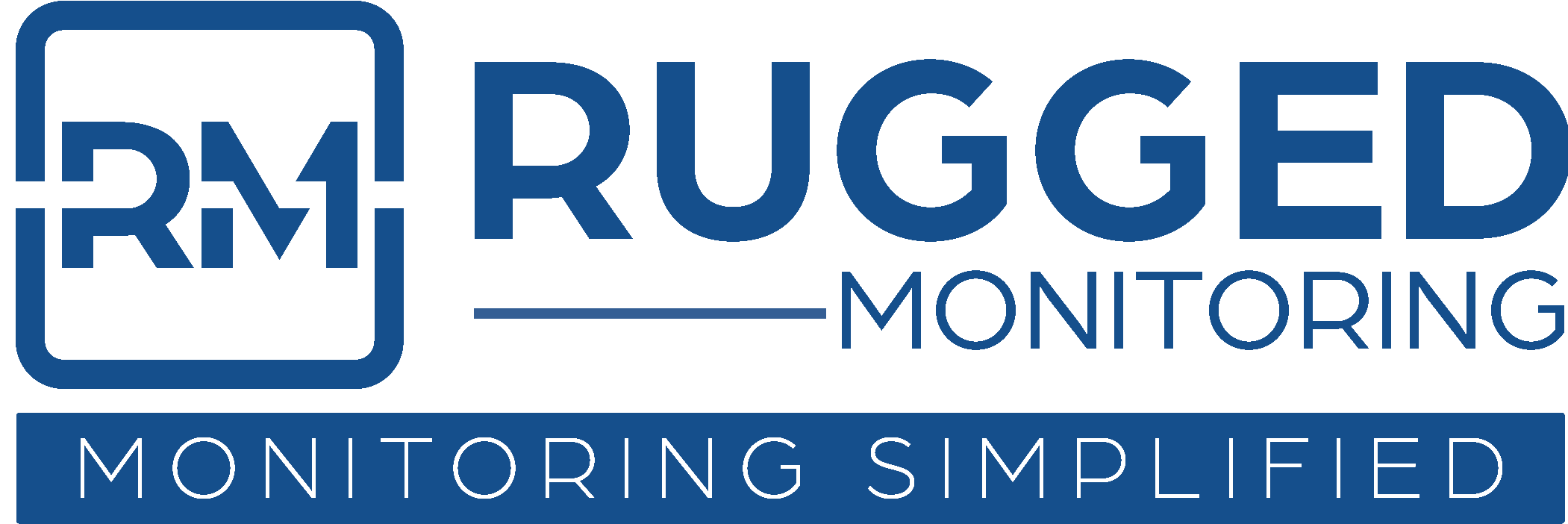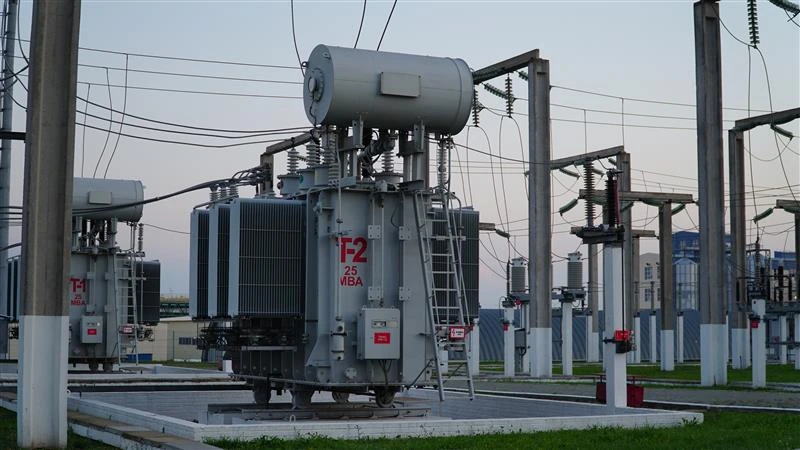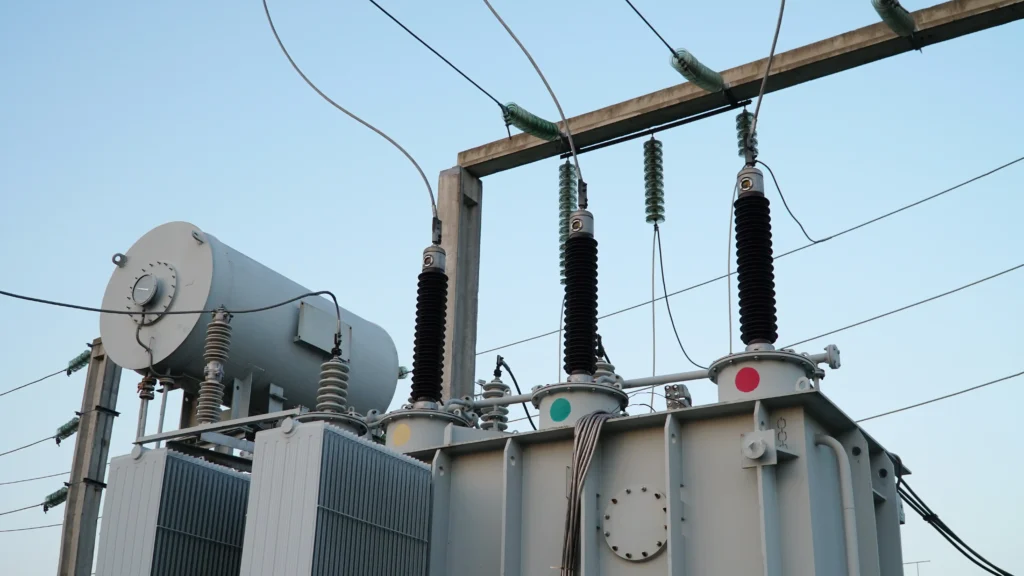Introduction
In the realm of modern engineering, the electrical grid, a true marvel, is currently experiencing a profound shift. With the surge in energy demand and an increased emphasis on sustainability, the importance of effective and forward-thinking asset management has never been greater. This is where APM (Asset Performance Management) Software Solutions step in. These advanced platforms are revolutionizing the monitoring, management, and maintenance of power grids. This article explores the journey of APM, its crucial role in contemporary power grid operations, and the promising future it holds.
Historical Context and Evolution
The electrical power grid, a cornerstone of modern civilization, has undergone significant transformations over the decades. This evolution has been driven by technological advancements, changing energy demands, and the pursuit of more sustainable energy solutions. Central to this transformation has been the role of Asset Performance Management (APM) software solutions.
Rudimentary Beginnings:
In the early stages of power grid development, monitoring and management were primarily manual processes. Engineers and technicians relied on physical inspections, basic instrumentation, and rudimentary data collection methods to ensure the grid’s functionality. These methods, while effective for their time, were reactive in nature. Problems were typically addressed after they manifested, leading to downtimes and inefficiencies.
The Rise of APM:
As power grids grew in complexity and scale, the need for more sophisticated monitoring solutions became evident. The increasing demand for renewable energy sources, such as wind and solar, added another layer of complexity. APM software solutions emerged as the answer to these challenges. These platforms offered real-time monitoring capabilities, predictive maintenance tools, and data-driven decision-making features. For the first time, power grid operators could proactively manage their assets, reducing downtimes and enhancing overall efficiency.
Integration of Advanced Technologies:
The technological landscape of the 21st century, marked by the rise of Artificial Intelligence (AI) and the Internet of Things (IoT), further revolutionized APM. AI algorithms, with their ability to analyze vast datasets, brought predictive analysis to the forefront. This meant potential issues could be identified and addressed even before they manifested, drastically reducing unplanned downtimes. On the other hand, IoT devices, with their connectivity features, allowed for granular monitoring of every component in the power grid. This level of detail was unprecedented and provided insights that were previously unimaginable.
Key Features and Benefits of APM Software in Power Grid Operations
Asset Performance Management (APM) software solutions have become indispensable tools in the realm of power grid operations. Their sophisticated features, designed with the complexities of modern electrical grids in mind, offer a plethora of benefits that enhance efficiency, reliability, and sustainability. Let’s delve deeper into these features and the advantages they bring to the table.
1. Real-Time Monitoring:
One of the standout features of APM software is its ability to monitor assets in real-time. This continuous surveillance ensures that any deviations or anomalies in the system are promptly detected. Immediate detection translates to quicker response times, thereby minimizing potential downtimes and ensuring uninterrupted power supply.
2. Predictive Maintenance Algorithms:
Gone are the days when maintenance was reactive. With APM software, maintenance becomes a proactive endeavour. By analysing intricate data patterns, the software’s predictive algorithms can forecast potential issues or failures. This foresight allows operators to schedule timely interventions, preventing costly breakdowns and enhancing the lifespan of assets.
3. Comprehensive Reporting Tools:
Knowledge is power, and APM software solutions arm operators with a wealth of information. Through comprehensive reporting tools, these platforms provide in-depth insights into asset performance, energy consumption patterns, and operational efficiencies. Such data-driven insights facilitate informed decision-making, optimizing operations and resource allocation.
4. Seamless Integration Capabilities:
In today’s interconnected digital landscape, isolated systems are a relic of the past. APM software solutions are designed with integration in mind. They can seamlessly connect with other enterprise systems, from inventory management to financial platforms. This cohesive approach ensures that all facets of asset management are in sync, promoting operational harmony.
5. Enhanced Asset Lifespan:
By ensuring timely maintenance, real-time monitoring, and data-driven interventions, APM software plays a pivotal role in enhancing the lifespan of electrical assets. Longer asset lifespans translate to reduced capital expenditures in the long run, making it an economically sound investment.
Case Studies: APM Software in Action
The theoretical benefits of Asset Performance Management (APM) software solutions are well-documented. However, it’s the real-world applications that truly underscore their transformative potential. Let’s delve into a couple of case studies that highlight the tangible impact of APM in the realm of power grid operations.
1. European Power Utility’s Leap in Operational Efficiency: In one of the leading power utility companies in Europe, the integration of APM software solutions marked a significant shift in their operational paradigm. Before the integration, the company grappled with frequent unplanned downtimes, which not only disrupted power supply but also resulted in substantial financial losses. Post-APM integration, the company witnessed a remarkable 20% reduction in these unplanned downtimes within just a year. The real-time monitoring and predictive maintenance capabilities of the APM software played a pivotal role in this transformation, ensuring timely interventions and minimizing disruptions.
2. Asian Power Grid Operator’s Proactive Approach: Another compelling case comes from Asia, where a power grid operator faced challenges with aging transformers. The potential failure of these transformers could lead to massive operational setbacks. By integrating APM software solutions, the operator leveraged the platform’s predictive maintenance features. This allowed them to pre-emptively address signs of wear and tear, averting potential transformer failures. The result? Significant cost savings, reduced risks, and enhanced operational reliability.
Challenges and Considerations in Adopting APM Software
Asset Performance Management (APM) software solutions have revolutionized the way companies monitor and manage their electrical assets. However, like any transformative technology, its adoption comes with its own set of challenges and considerations. Let’s delve into the intricacies of these challenges and the broader implications for companies looking to integrate APM into their operations.
1. Integration with Legacy Systems:
One of the primary challenges companies faces is the integration of APM software with existing legacy systems. These older systems might not be compatible with modern APM solutions, necessitating significant overhauls or workarounds to ensure seamless integration.
2. Training and Skill Development:
The introduction of APM software requires personnel to be trained to use these new platforms effectively. This not only involves understanding the software’s functionalities but also interpreting the data it provides to make informed decisions.
3. Ensuring Data Security:
With the increasing reliance on data-driven decision-making, ensuring the security of this data becomes paramount. Companies need to implement robust cybersecurity measures to protect against potential breaches and unauthorized access.
4. Initial Investment Concerns:
The adoption of APM software solutions requires a substantial initial investment. This can be a deterrent for some companies, especially smaller ones with limited resources. However, it’s essential to view this investment in light of the long-term benefits, including reduced downtimes, extended asset lifespans, and overall enhanced operational efficiency.
While the challenges in adopting APM software are real, they are not insurmountable. With the right approach, companies can navigate these challenges, ensuring that they harness the full potential of APM to optimize their power grid operations.
Looking Ahead: Future Innovations in APM for Power Grids
Asset Performance Management (APM) software solutions have already made significant strides in optimizing power grid operations. As we look to the future, the horizon is filled with innovations that promise to further revolutionize the landscape of power grid management.
1. AI and Machine Learning Integration:
The integration of Artificial Intelligence (AI) and machine learning into APM software solutions is set to redefine predictive analysis. These technologies will enable APM systems to analyze vast amounts of data more efficiently, identify patterns, and make accurate predictions about potential asset failures or maintenance needs. This will not only enhance the reliability of power grids but also significantly reduce operational costs.
2. APM and Renewable Energy Sources:
With the global shift towards sustainable energy solutions, there’s a growing emphasis on integrating APM with renewable energy sources. This integration will ensure that power grids can efficiently distribute energy derived from sources like solar, wind, and hydro, optimizing the overall energy mix and reducing carbon footprints.
3. Decentralized Power Grids:
The move towards decentralized power grids, where energy is generated and consumed locally, presents its own set of challenges. Advanced APM solutions tailored for decentralized setups will be crucial in ensuring that these grids operate efficiently, with minimal energy losses and downtimes.
4. Continuous Technological Evolution:
As technology continues to evolve at a rapid pace, APM software solutions will need to adapt and incorporate the latest advancements. This continuous evolution will ensure that APM remains at the forefront of power grid operations, driving efficiency and reliability.
Conclusion
The future of APM for power grids is bright, filled with innovations that promise to further enhance the efficiency and reliability of power grid operations. As companies look to harness the full potential of these innovations, APM will undoubtedly play a pivotal role in shaping the future landscape of power grid management.
The transformative potential of APM Software Solutions in power grid operations is undeniable. As the energy landscape evolves, the need for proactive, data-driven asset management becomes increasingly crucial. APM, with its advanced monitoring, predictive analytics, and integration capabilities, is poised to lead this change. While challenges exist, the benefits far outweigh them, promising a future where power grids are more efficient, resilient, and sustainable.



